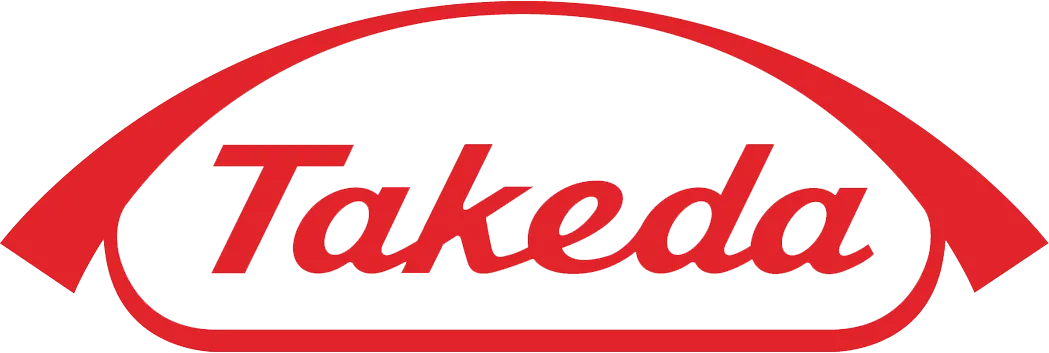Customer Stories
Takeda Revolutionizing Pharmaceutical Inventory Management with Dynamsoft Barcode Reader
Snapshot
Takeda, one of the world’s leading pharmaceutical companies, integrated Dynamsoft Barcode Reader into their inventory system to manage large arrays of sample vials. Replacing manual scanning, Takeda was able to cut scan time down by 75%, increase accuracy, and free up team resources.
Batch Scanning of 100 Vials
Close to 100% Accuracy
Reduced Scan Time by 75%
Challenges
A top 20 global bio-pharmaceutical company, Takeda strives to address unmet medical needs by being patient-focused and R&D driven. The Compound Management and Lab Automation Group receives thousands of samples into inventory every day. These samples needed to be identified, recorded, and stored in a specific location to enable easy retrieval when needed by research teams.
One very large project involved hundreds of thousands of samples arriving in boxes of 100 vials. Each vial had a Data Matrix code on the base, which needed to be scanned and uploaded to the Takeda inventory and ordering system. The Data Matrix code identified the sample but did not give its position within the box. The custom boxes that the vials were shipped were not compatible with current lab scanning devices; therefore, locating a specific sample would require scanning each vial, one by one.
The team needed to scan the Data Matrix code on the base of each vial and record the specific box and grid position so that it could be located and retrieved easily. A laboratory assistant was scanning the vials manually, which was not only tedious, but also time consuming and error prone. Working 8 hours a day would only process 20 boxes. Due to the high volume of samples, this project would have taken months of non-stop work to complete using the manual scanning process.
Takeda needed to find a Data Matrix scanner that could scan and decode a custom array of barcodes at a time. Although existing lab operations process bulk barcodes at a time, the current setup could not handle the rack layout of the given boxes. Additionally, they needed to find a way to integrate the bulk scanning solution into their inventory system.
Dynamsoft Barcode Reader has sped up the process of receiving samples into inventory. We can now decode vials in batches of 100 with close to 100% accuracy.
– Ellen Jameson, Senior Research Associate,
Global Compound Management & Lab Automation, Takeda
Solution
The team originally opted to use an open-source barcode decoding software but found that it would miss too many barcodes, was inefficient, and could not be easily integrated with Takeda’s current inventory software. They evaluated many other barcode readers but found that most of them simply could not read Data Matrix codes with sufficient accuracy.
In contrast, Dynamsoft Barcode Reader was able to achieve close to 100% accuracy and could be easily integrated with Takeda’s in-house software application. Using a camera connected to the computer, they were able to capture a box of 100 samples in one shot, decode the Data Matrix codes, arrange them in a grid, and upload the results to the Takeda inventory application – a process which takes less than a minute per box.
Finding a good Data Matrix reader was not easy. With Dynamsoft Barcode Reader, we scan batches of 100 Data Matrix codes with close to 100% accuracy.
– Ellen Jameson, Senior Research Associate,
Global Compound Management & Lab Automation, Takeda
Impact
Takeda has sped up the process of receiving samples into inventory and made it faster to locate and access specific vials. By implementing the Dynamsoft Barcode Reader software, the process time decreased by 75% and the project will be completed much earlier than expected. Looking ahead, the Takeda team is excited about the possibilities Dynamsoft Barcode Reader has unlocked for fast, accurate scanning of racks that are incompatible with existing rack-specific systems.
Dynamsoft Barcode Reader saved us a huge amount of time and effort by simultaneously decoding batches of 100 Data Matrix codes quickly and accurately.
– Ellen Jameson, Senior Research Associate,
Global Compound Management & Lab Automation, Takeda
About Dynamsoft Barcode Reader SDK
Dynamsoft's Barcode Reader SDK is an enterprise-grade software development kit (SDK) that aids developers in building 1D and 2D barcode reading functionality in a web, desktop, or mobile application with just a few lines of code.
This eliminates the overall development costs and deployment time. The SDK provides support across common platforms: Android, iOS, JavaScript, Linux, and Windows.



